JADE Career Exploration at University of Minnesota
On July 27th, 2024, JADE hosted an afternoon of Career Exploration at the University of Minnesota. The event aimed to help children learn more about higher education, geospatial tools, as well as the transition from middle school to high school. From 1-5 PM, students and parents from across the Twin Cities enjoyed three insightful sessions.
JADE Executive Co-Chair (2023-2024) Yingling Fan (Professor, Urban & Regional Planning) moderated and kicked off the event by sharing the mission and progress of JADE. Celebrating our 1st anniversary as an organization, she told the story of JADE’s founding, leadership, and community work. Her slides are here.
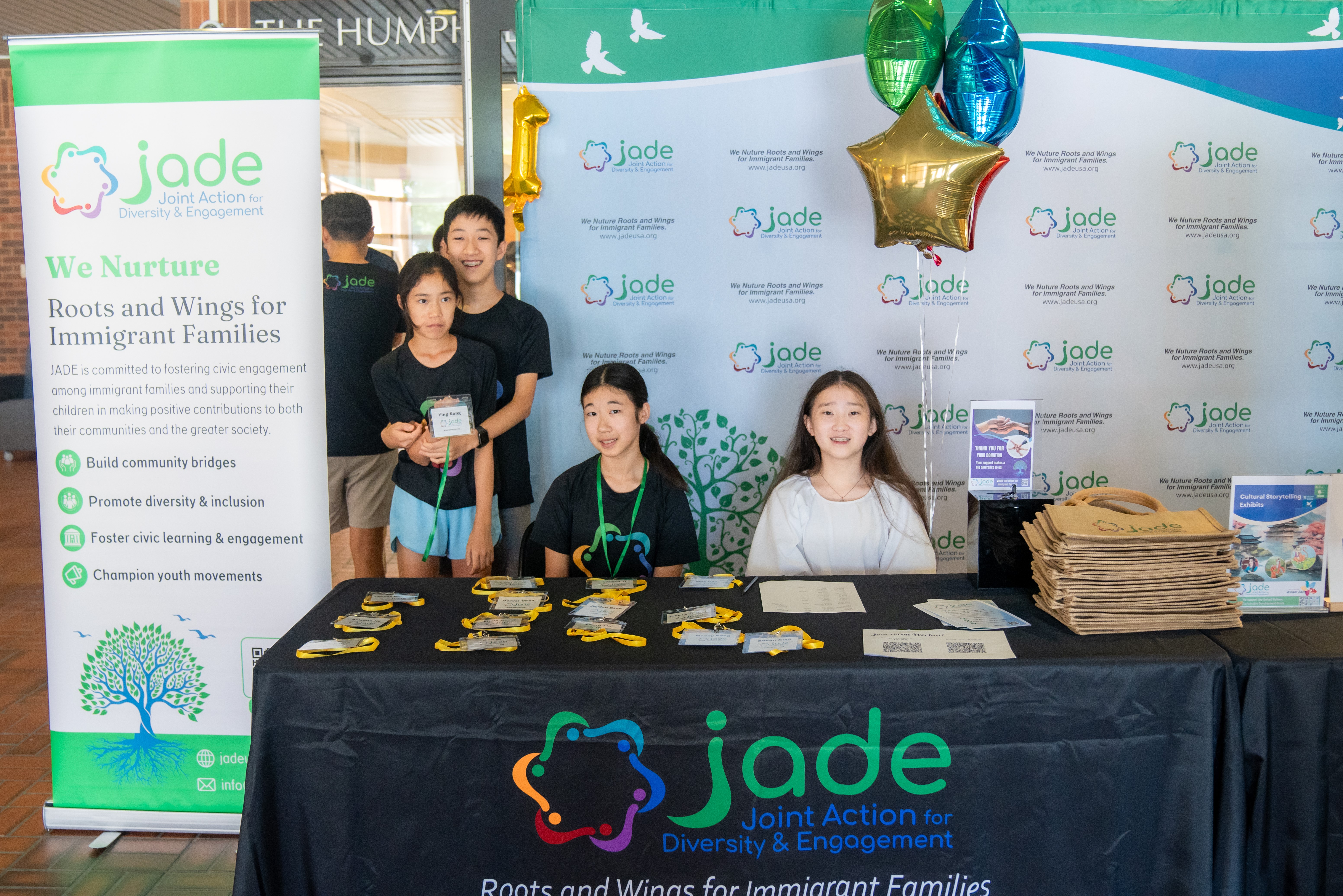
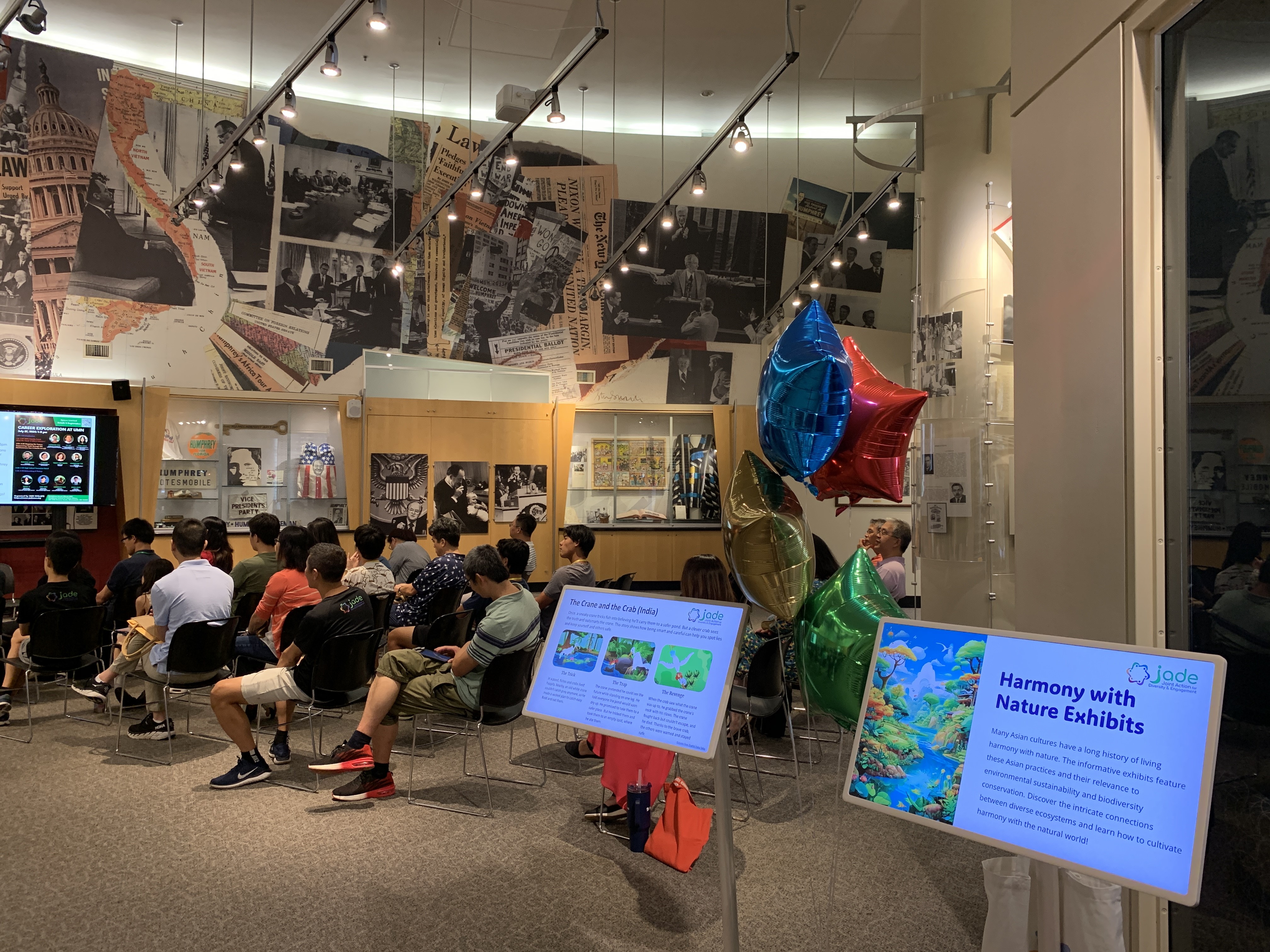
Photo by Jing Wang Photo by Haiyan Jia
UMN Faculty Panel: What We Teach and Why It Matters?
By Alice Yi
Six esteemed professors from the University of Minnesota delivered an 80-minute session on “What We Teach and Why It Matters” in the Humphrey Forum at the Humphrey School of Public Affairs. The faculty panel included:
- Bo Hu, Professor, Bioproducts & Biosystems Engineering (Panel Moderator)
- Li Wang, Associate Professor, Mathematics
- Jiarong Hong, Professor, Mechanical Engineering
- Tracy Yue Wang, Professor, Finance
- Ying Song, Associate Professor, Geography, Environment, & Society
- Chengyan Yue, Professor, Horticultural Marketing & Trade
After Professor Hu introduced the University of Minnesota as a whole, the panelists went into more detail on their academic disciplines. Each professor gave a short presentation on their departments of expertise using statistics, cutting-edge research projects, and impactful real-world examples. The audience had an opportunity for Q&A to get even better insights into the professors’ career path and their impact on societal development. Their slides are here .
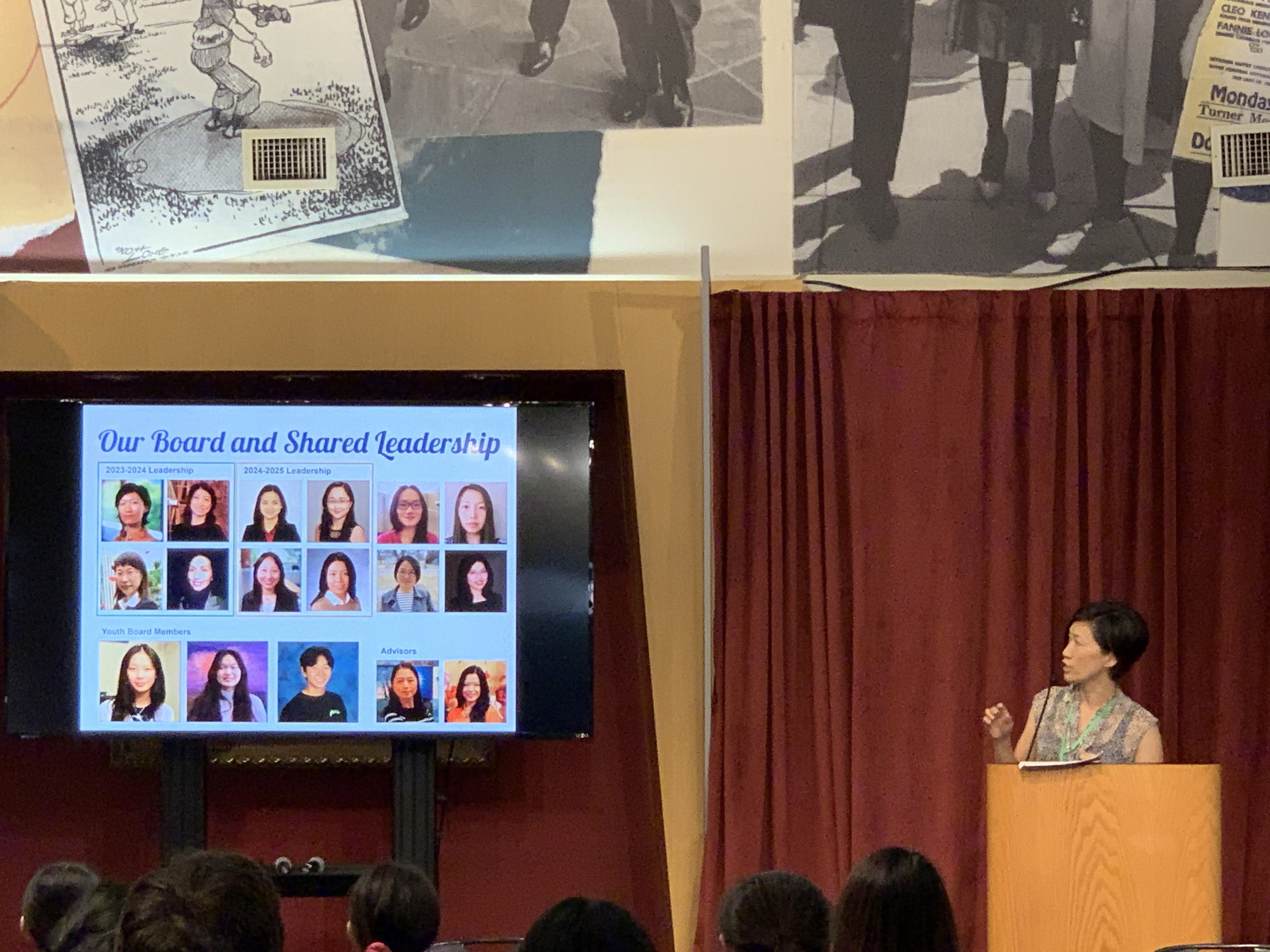
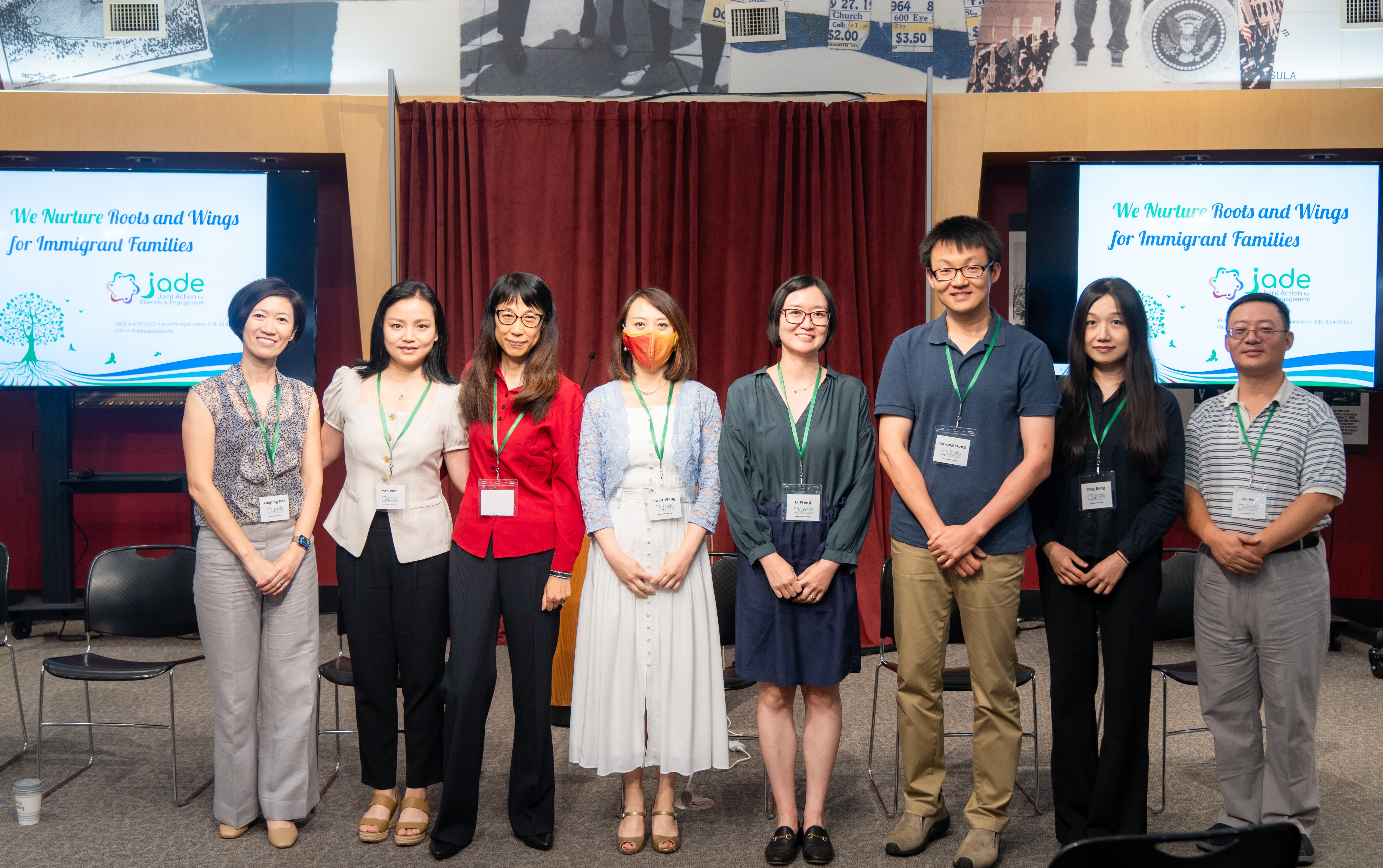
Photo by Haiyan Jia Photo by Jing Wang
Mapping Our Future: Empowering Youth Through GIS
By Alice Yi
For the next one and a half hours, Associate Professor Ying Song led the students through “Mapping Our Future: Empowering Youth Through GIS”. First, she introduced the GeoCommons space, a unique collaborative hub for geospatial research, education, and public engagement. Engaging activities were set up, such as layered digital maps of the metro area, an augmented reality sandbox, and virtual games created using GIS tools. After some time for exploration, the group transitioned to the interactive computer lab.
Professor Song demonstrated some of the many capabilities of ArcGIS, and then students had the opportunity to try the application themselves. Comparing levels of mental health distress, the locations of schools, and where there were no parks, each participant found suitable locations for a new park development project in Minneapolis. Using geospatial tools to filter data, overlay information, and run analysis, the participants developed a webpage app to present their findings.
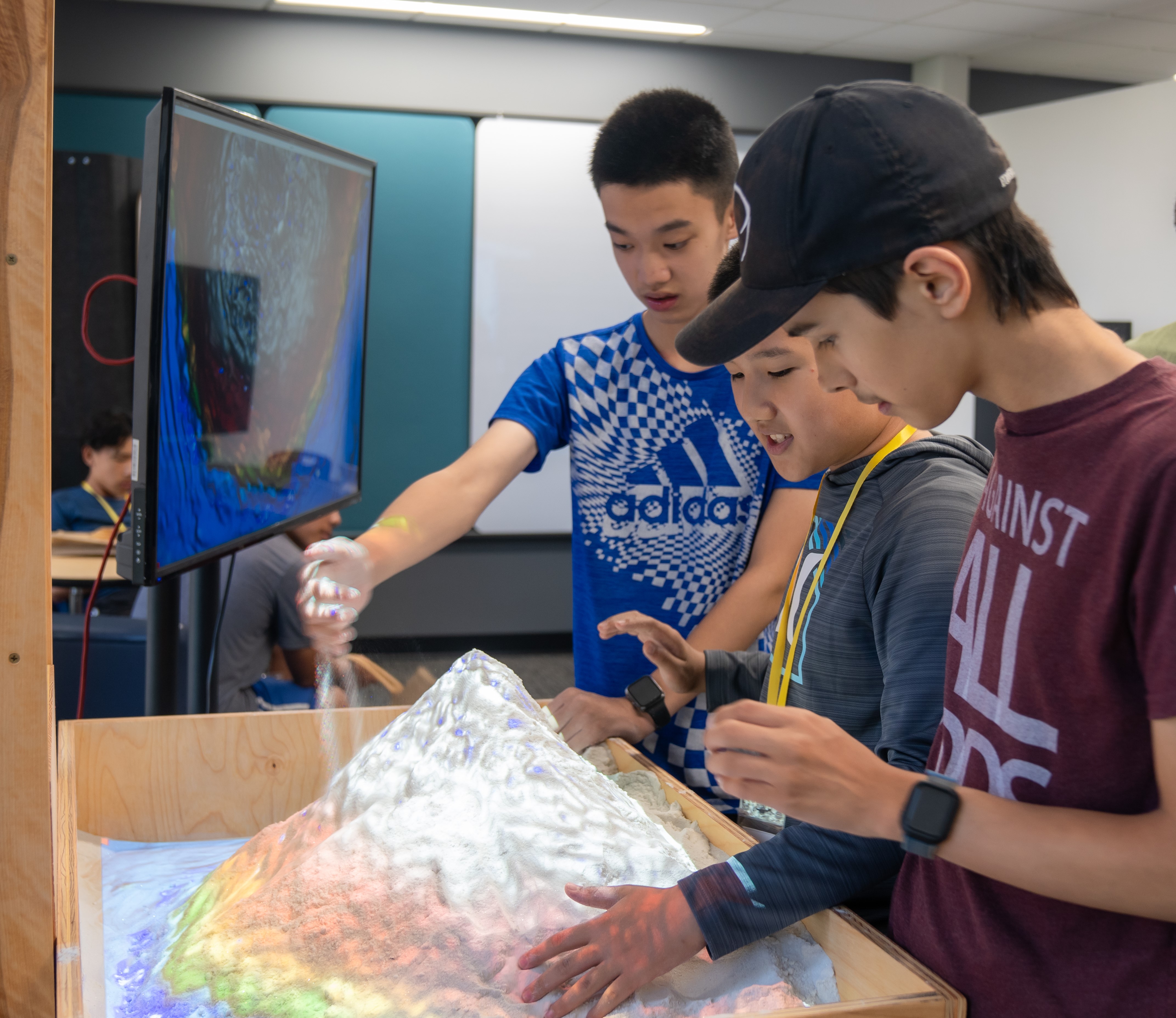
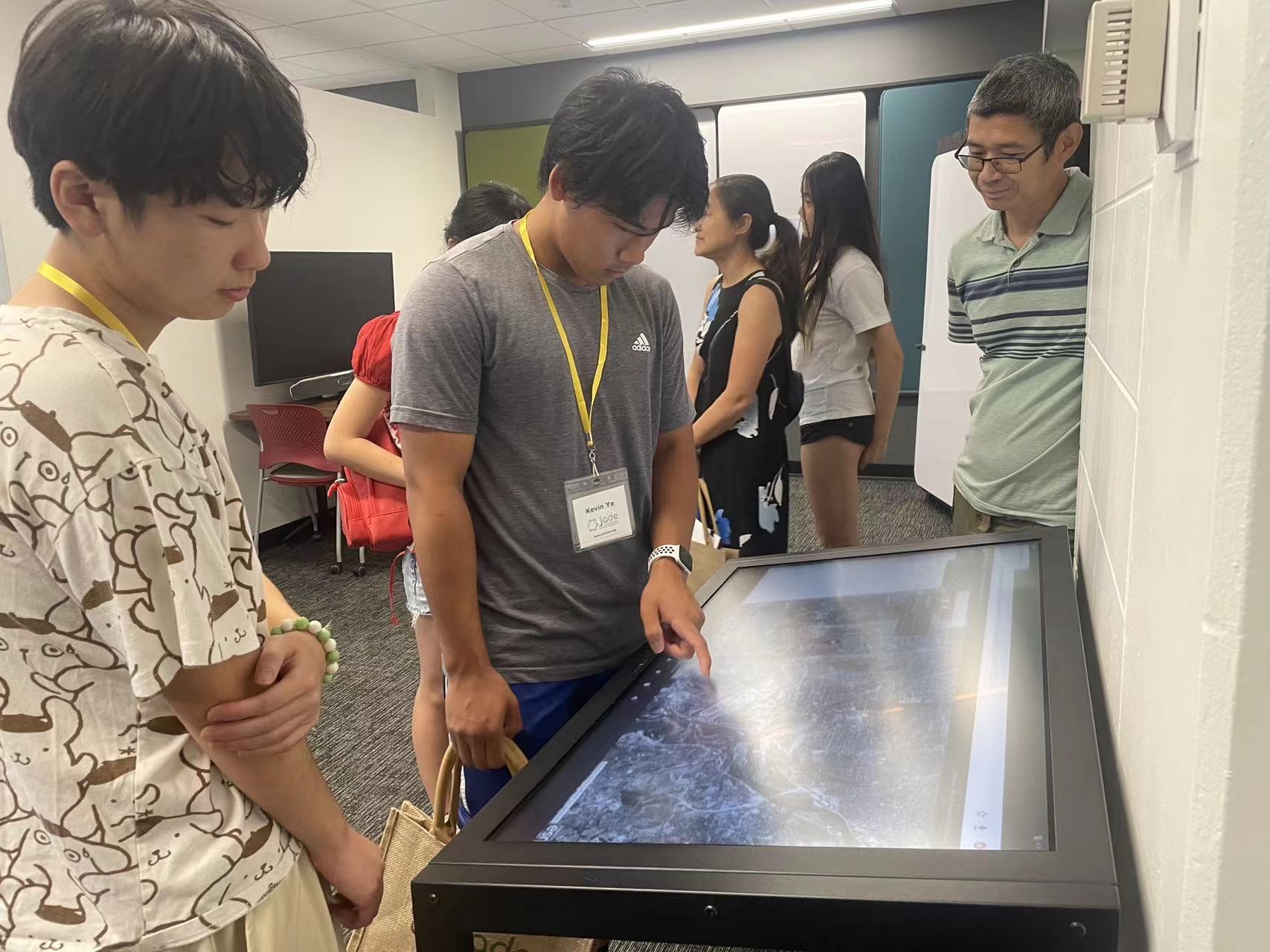
Photo by Jing Wang Photo by Xinyue Zong
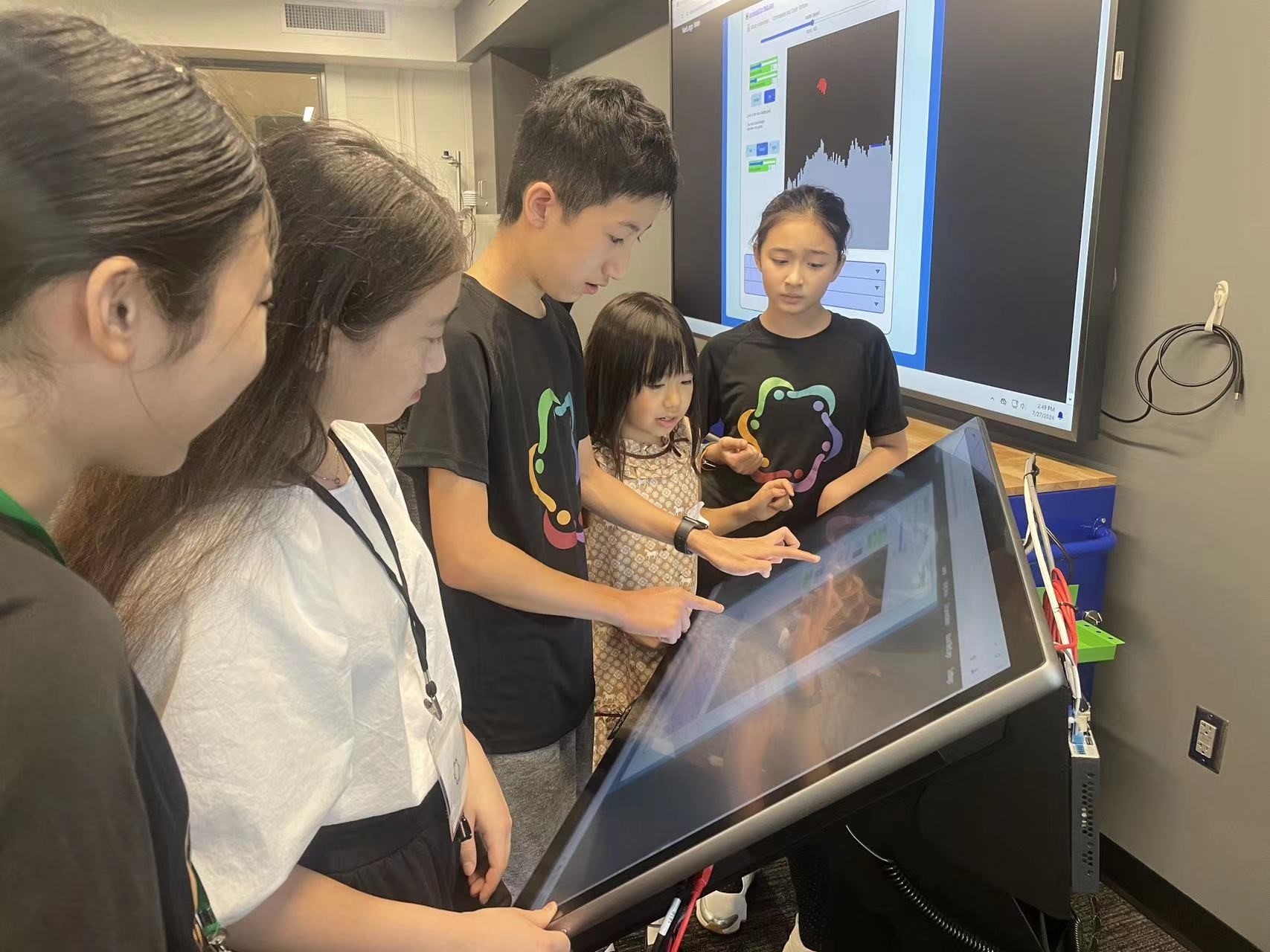
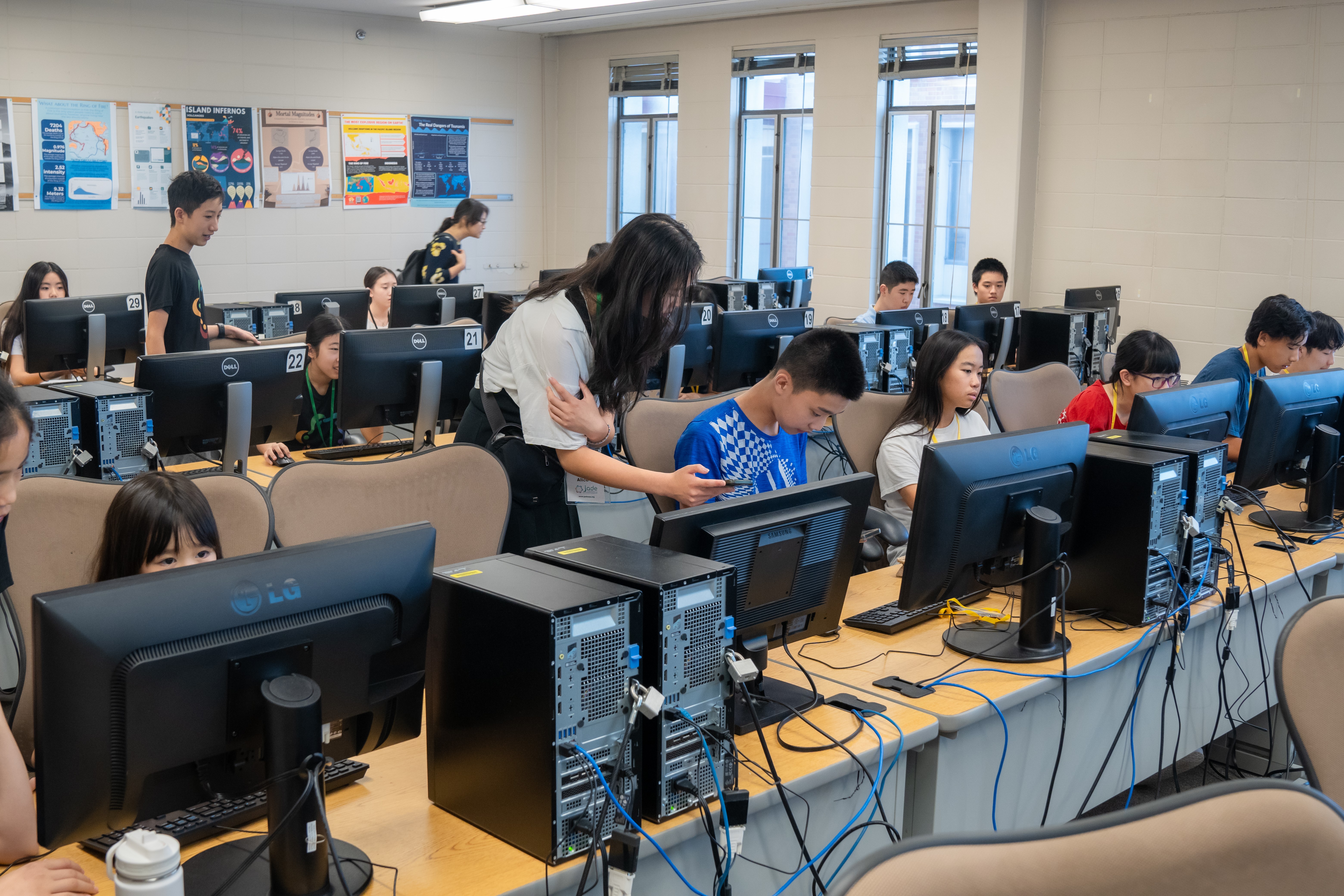
Photo by Xinyue Zong Photo by Jing Wang
Middle School to High School Transition Panel
By Max Ren
Following the GIS session, iIncoming high school students and parents from all across the Minnesota Twin Cities area pulled up to the first annual middle school to high school transition panel on Saturday, July 27th. For almost an hour, four panelists (all rising juniors from different high schools spread across the metro) shared their own experiences with transitioning from middle school to high school, as well as tips and tricks to succeed in high school, through an audience-participative Q&A session. The aim of the event was to better prepare students and parents so that they know what to expect in high school and how to make the most out of it.
The format of the event was structured like so: after brief introductions (slides are here ) of our four panelists, audience members were able to ask any question about something related to high school that they wanted an answer to or simply found interesting, from the amount of workload to the amount of screen time each panelist has per day.
After introductions, the questions almost immediately started coming in. Audience participation was high throughout the event and everything was smooth sailing, with each panelist providing their own unique input and sharing their experiences for each question asked. Overall, the session was well-received and the audience was satisfied with all the new information that they learned.
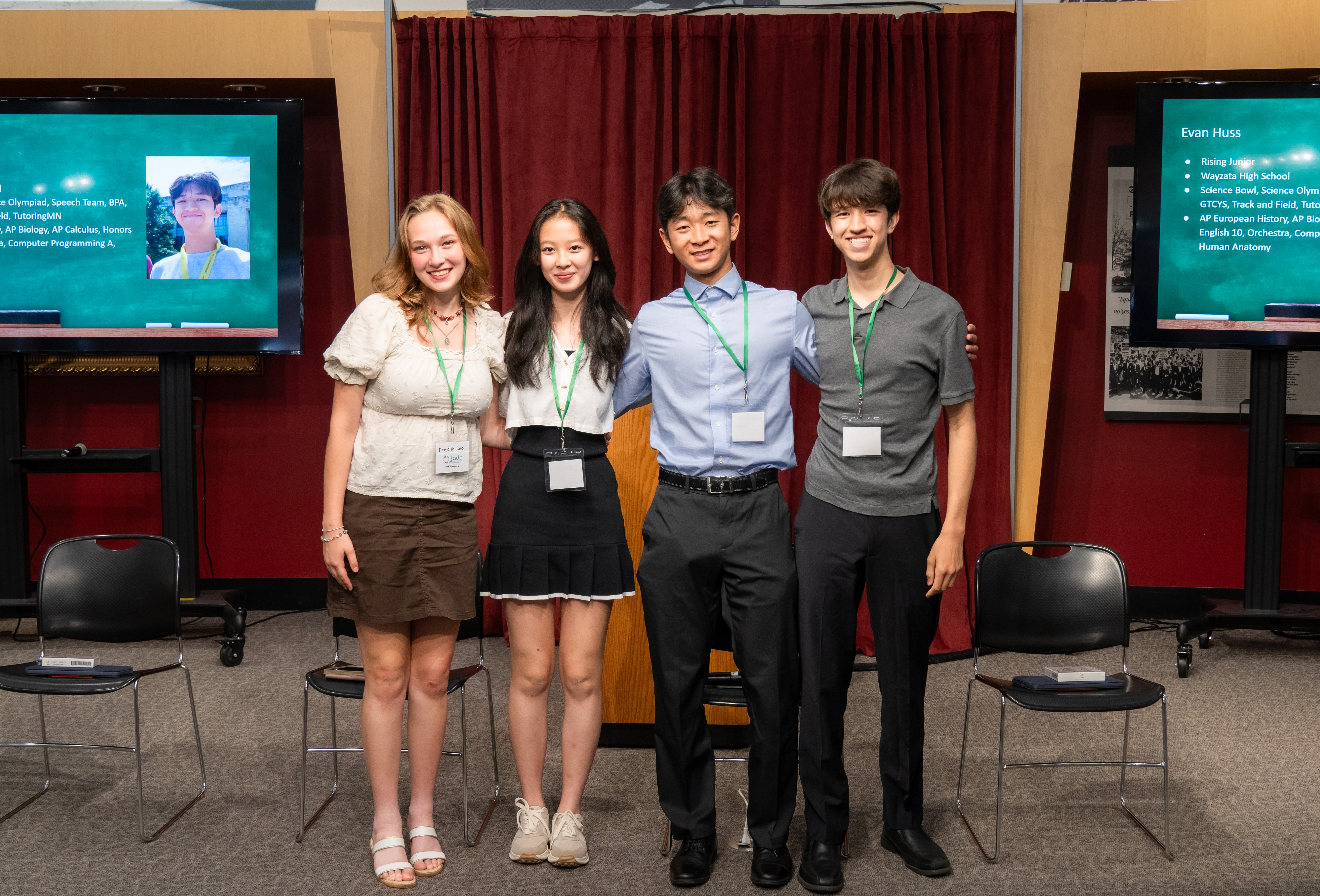
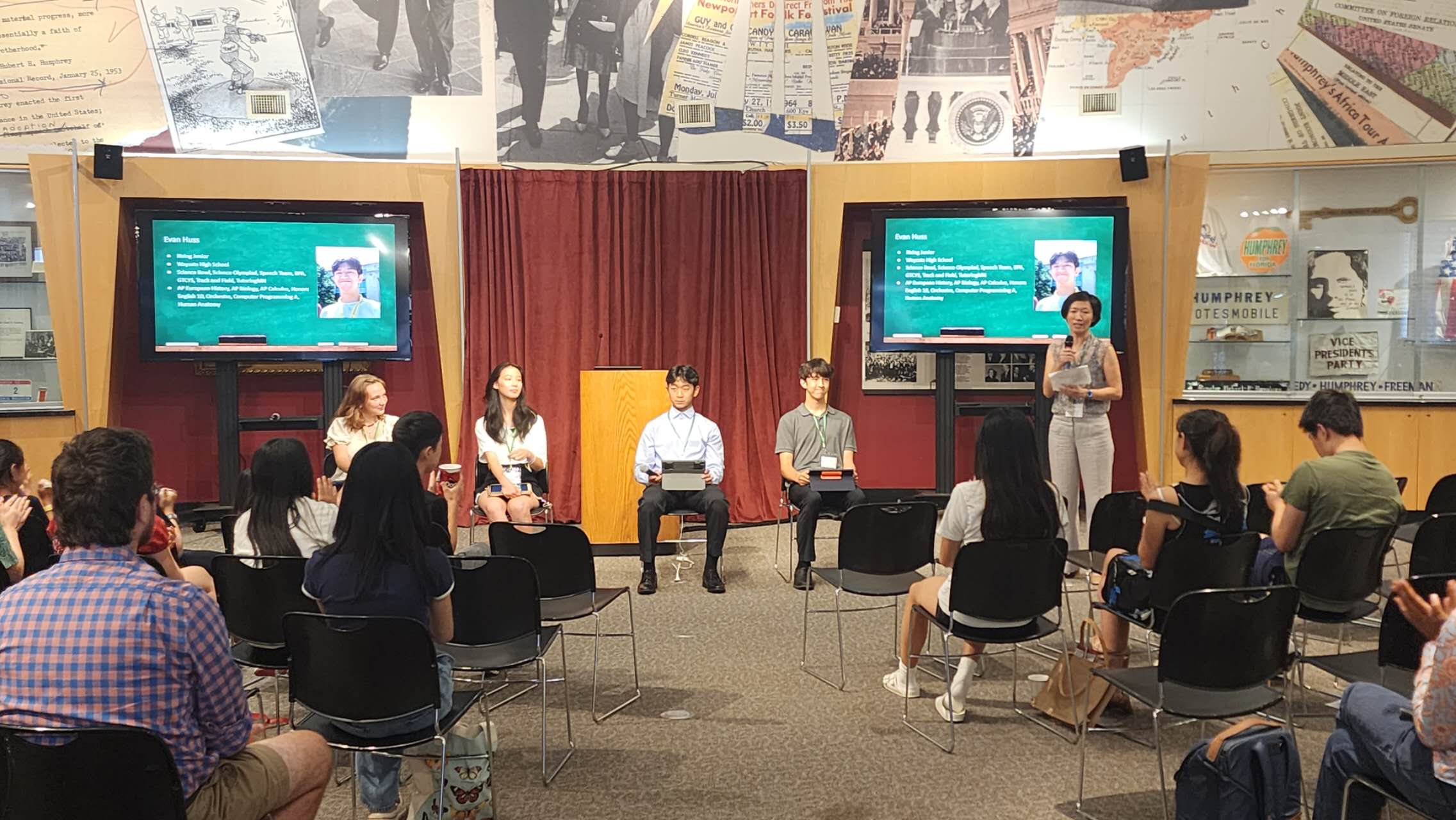
Photo by Jing Wang Photo by Grace Li

Photo by Jing Wang
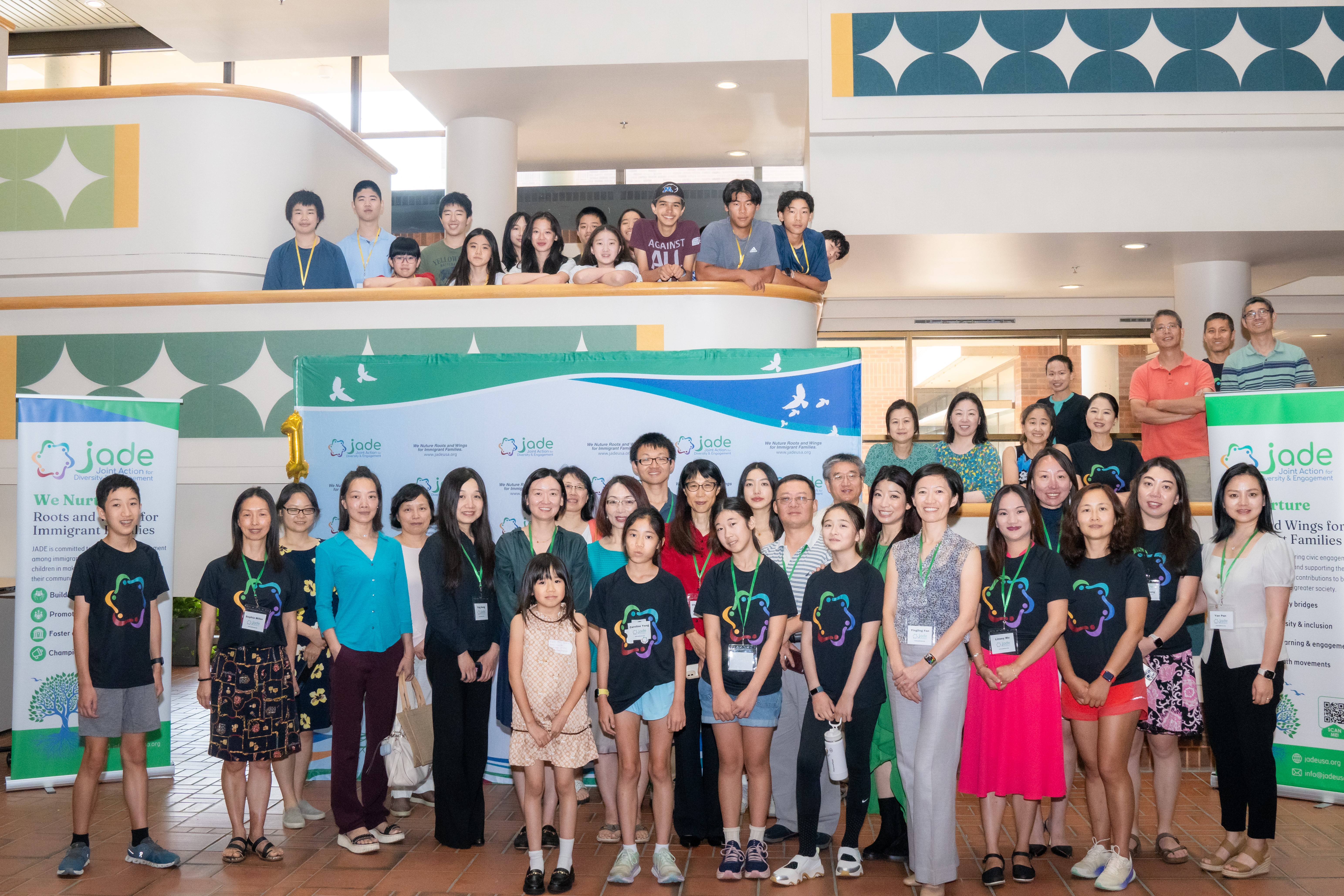
Photo by Jing Wang
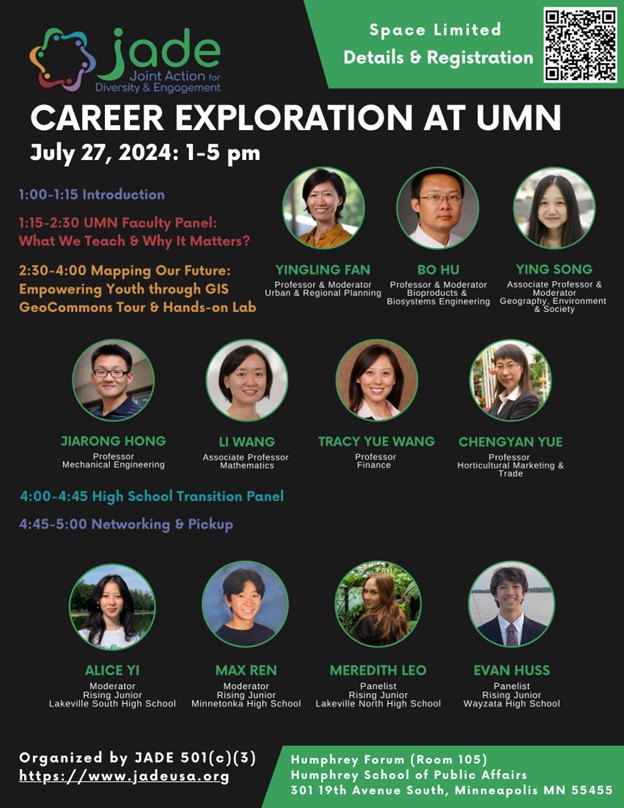
Poster by Alice Yi
